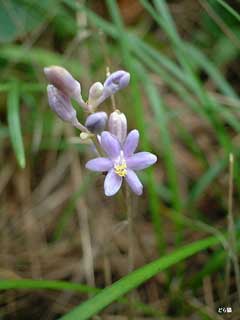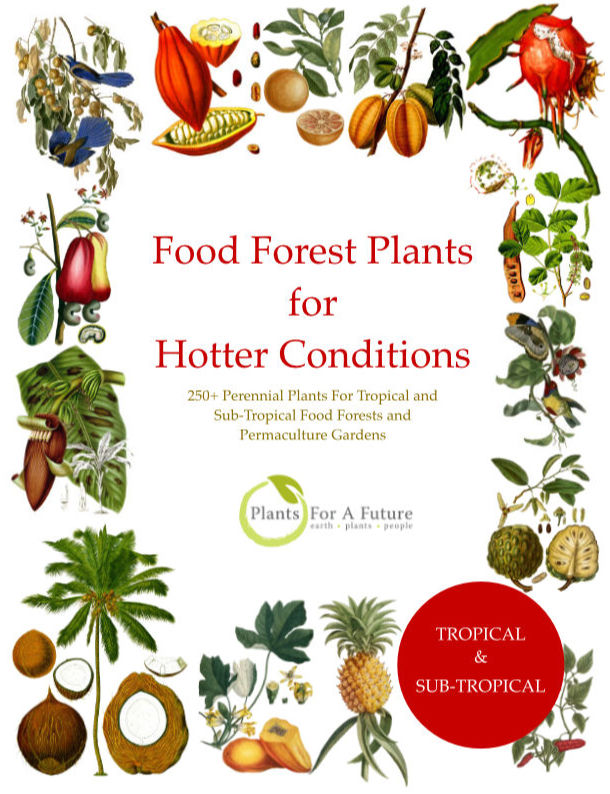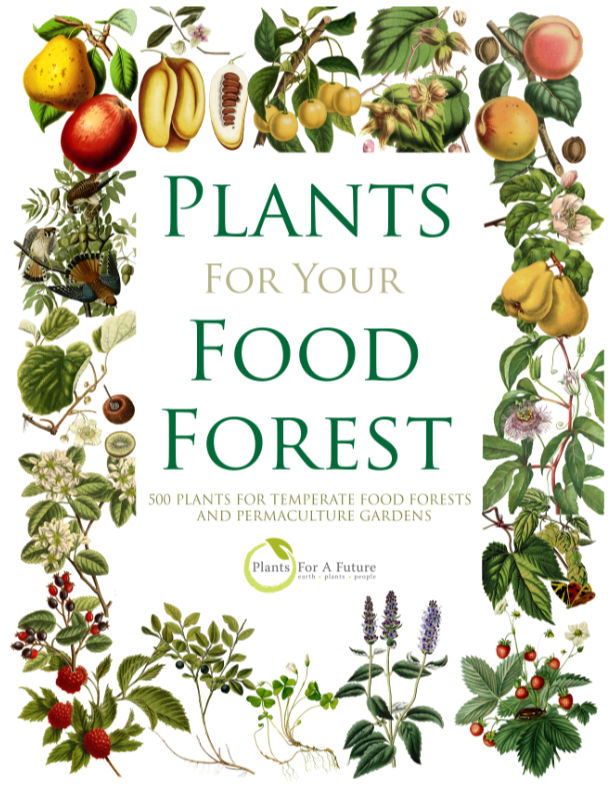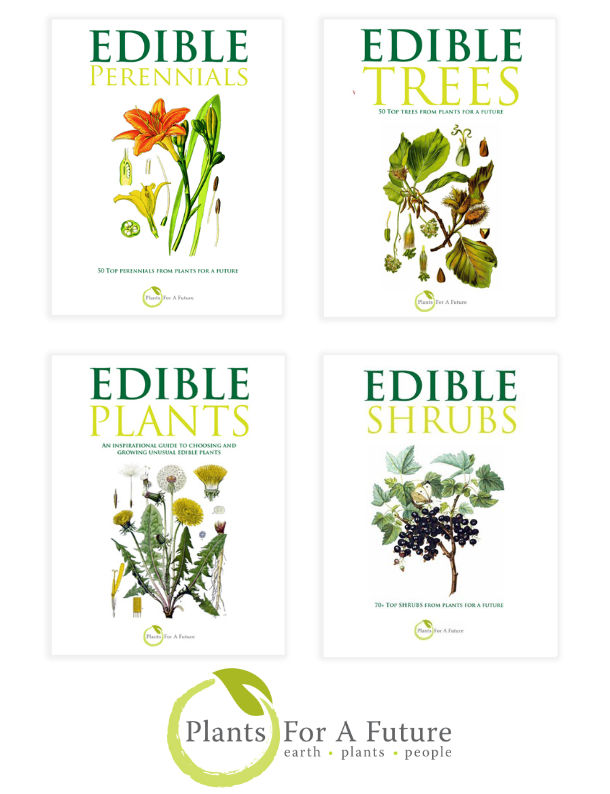 |
|
http://photozou.jp/photo/show/110033/23243832 |
 |
|
Translate this page:
Summary
Physical Characteristics

 Liriope minor is an evergreen Perennial growing to 0.3 m (1ft).
Liriope minor is an evergreen Perennial growing to 0.3 m (1ft).
See above for USDA hardiness. It is hardy to UK zone 8. It is in leaf all year, in flower from June to July, and the seeds ripen from August to September. The species is hermaphrodite (has both male and female organs).
Suitable for: light (sandy) and medium (loamy) soils and prefers well-drained soil. Suitable pH: mildly acid, neutral and basic (mildly alkaline) soils. It can grow in semi-shade (light woodland) or no shade. It prefers dry or moist soil and can tolerate drought.
UK Hardiness Map
US Hardiness Map
Synonyms
Plant Habitats
Woodland Garden Dappled Shade; Ground Cover;
Edible Uses
Edible Parts: Root
Edible Uses:
The following use is reported for L. graminifolia, but there is a lot of confusion between members of this genus (compare [58] and [200]) and it is quite possible that the root of this species is also used[K]. Root - cooked[105, 177, 179]. Candied and used medicinally[61]. The root has a fleshy, tuberous part near tip[266]. Rich in mucilage, the root also contains about 1.6% protein, 0.5% fat, 80% carbohydrate and 2.3% ash[179].
References More on Edible Uses
Medicinal Uses
Plants For A Future can not take any responsibility for any adverse effects from the use of plants. Always seek advice from a professional before using a plant medicinally.
Aphrodisiac Pectoral Stimulant
The root is aphrodisiac, pectoral and stimulant[61].
References More on Medicinal Uses
The Bookshop: Edible Plant Books
Our Latest books on Perennial Plants For Food Forests and Permaculture Gardens in paperback or digital formats.

Edible Tropical Plants
Food Forest Plants for Hotter Conditions: 250+ Plants For Tropical Food Forests & Permaculture Gardens.
More

Edible Temperate Plants
Plants for Your Food Forest: 500 Plants for Temperate Food Forests & Permaculture Gardens.
More

More Books
PFAF have eight books available in paperback and digital formats. Browse the shop for more information.
Shop Now
Other Uses
A good drought tolerant evergreen ground cover plant[200].
Special Uses
Ground cover
References More on Other Uses
Cultivation details
Prefers a sandy soil[1]. Succeeds in full sun so long as the soil does not dry out in the summer, otherwise it should be grown in partial shade in any moderately fertile well-drained soil[200]. Not very hardy in Britain, it is best to give the plants some protection in the winter[1]. Closely related to L. muscari[200]. Members of this genus are rarely if ever troubled by browsing deer[233].
References Carbon Farming Information and Carbon Sequestration Information
Temperature Converter
Type a value in the Celsius field to convert the value to Fahrenheit:
Fahrenheit:
The PFAF Bookshop
Plants For A Future have a number of books available in paperback and digital form. Book titles include Edible Plants, Edible Perennials, Edible Trees,Edible Shrubs, Woodland Gardening, and Temperate Food Forest Plants. Our new book is Food Forest Plants For Hotter Conditions (Tropical and Sub-Tropical).
Shop Now
Plant Propagation
Seed - we have no information on this species but suggest sowing it in a cold frame or greenhouse as soon as the seed is ripe if possible, if not then sowing the stored seed in early spring in a cold frame. When they are large enough to handle, prick the seedlings out into individual pots and grow them on in the greenhouse for at least their first winter. Plant them out into their permanent positions in late spring or early summer, after the last expected frosts. Division in spring. Larger clumps can be replanted direct into their permanent positions, though it is best to pot up smaller clumps and grow them on in a cold frame until they are rooting well. Plant them out in the spring.
Other Names
If available other names are mentioned here
Native Range
TEMPERATE ASIA: China (Fujian Sheng, Guangxi Zhuangzu Zizhiqu, Henan Sheng, Hubei Sheng, Jiangsu Sheng, Liaoning Sheng, Shaanxi Sheng, Sichuan Sheng, Zhejiang Sheng), Japan (Hokkaidô, Honshu, Kyushu, Ryukyu Islands, Shikoku), Taiwan
Weed Potential
Right plant wrong place. We are currently updating this section.
Please note that a plant may be invasive in one area but may not in your area so it's worth checking.
Conservation Status
IUCN Red List of Threatened Plants Status :

Growth: S = slow M = medium F = fast. Soil: L = light (sandy) M = medium H = heavy (clay). pH: A = acid N = neutral B = basic (alkaline). Shade: F = full shade S = semi-shade N = no shade. Moisture: D = dry M = Moist We = wet Wa = water.
Now available:
Food Forest Plants for Mediterranean Conditions
350+ Perennial Plants For Mediterranean and Drier Food Forests and Permaculture Gardens.
[Paperback and eBook]
This is the third in Plants For A Future's series of plant guides for food forests tailored to
specific climate zones. Following volumes on temperate and tropical ecosystems, this book focuses
on species suited to Mediterranean conditions—regions with hot, dry summers and cool, wet winters,
often facing the added challenge of climate change.
Read More
Expert comment
Author
(Maxim.)Makino.
Botanical References
200266
Links / References
For a list of references used on this page please go here
Readers comment
| Add a comment |
|
If you have important information about this plant that may help other users please add a comment or link below. Only comments or links that are felt to be directly relevant to a plant will be included. If you think a comment/link or information contained on this page is inaccurate or misleading we would welcome your feedback at [email protected]. If you have questions about a plant please use the Forum on this website as we do not have the resources to answer questions ourselves.
* Please note: the comments by website users are not necessarily those held by PFAF and may give misleading or inaccurate information.
To leave a comment please Register or login here All comments need to be approved so will not appear immediately.
|
|